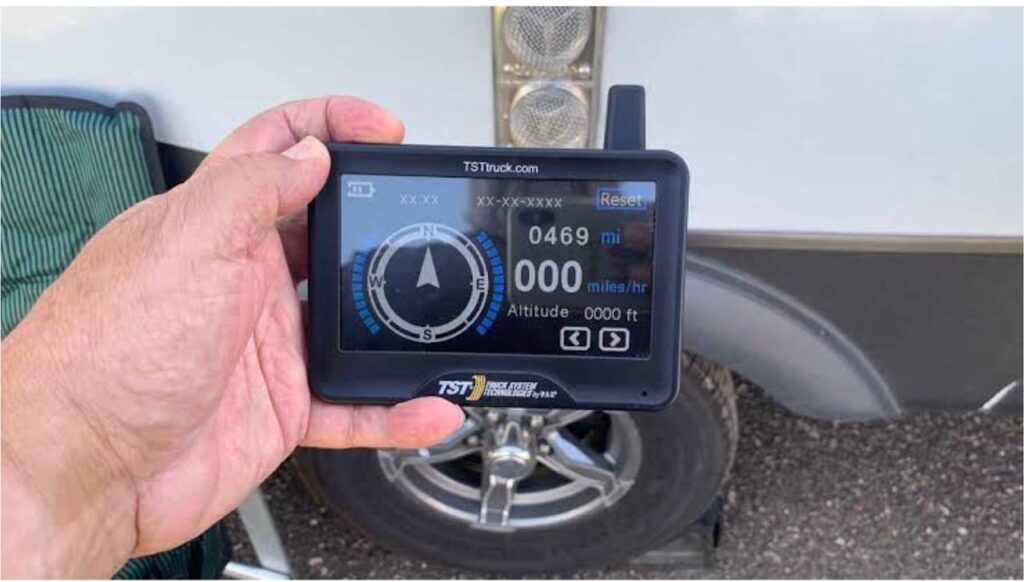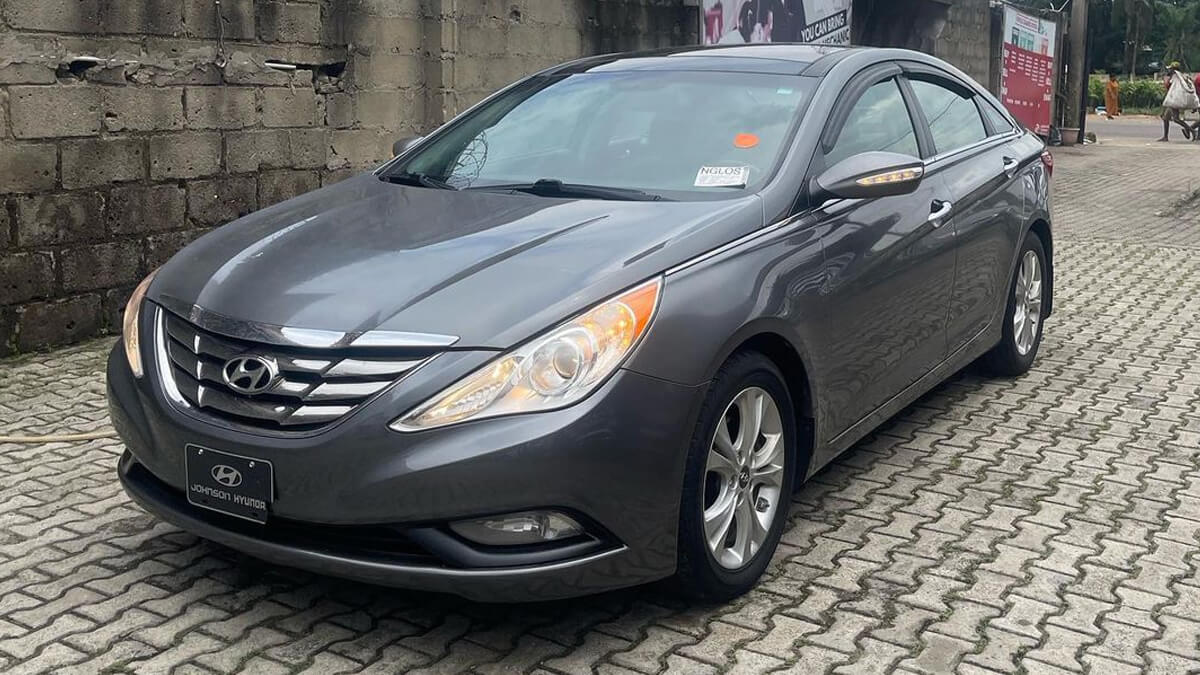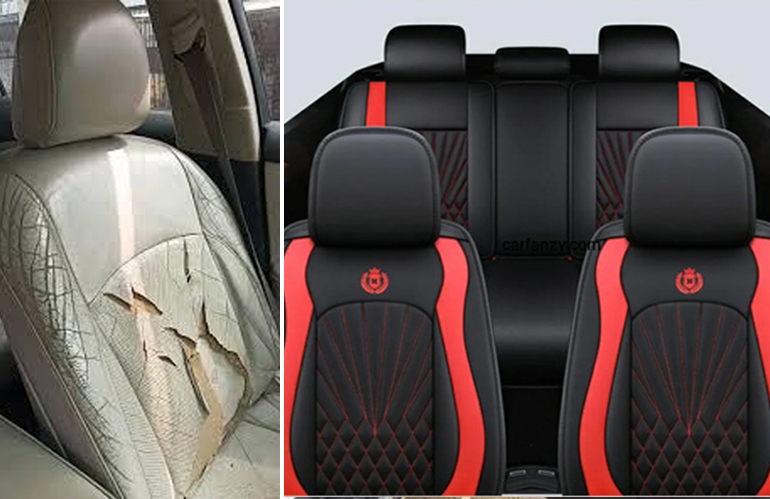From punctures to improper wheel alignments, a lot can affect or damage a vehicle’s tires’ ability to maintain pressure. Luckily many modern cars come with sensors to let you know if there’s a problem.
Table of Contents
But these tire pressure monitoring systems are not 100% accurate. But, how does this device used in monitoring a vehicle’s tire operate?
How the Tire Pressure Monitoring System Works
Your car’s tire pressure monitoring system, just like other safety and driver-assistance features, relies on specialized sensors. Many are mounted in the wheel, or built into the tire’s valve stem. Most aftermarket systems are of one of these so-called ‘direct’ monitoring designs.
Just like its name, direct tire pressure sensors explicitly measure air pressure. These battery-powered sensors send radio signals to a receiver within the car. When the pressure gets too high or low, the tire pressure monitoring system warning light comes on.

Some cars, though, have tire pressure sensors linked to the ABS system. Bridgestone explains that these ‘indirect’ sensors, don’t actually measure pressure, though. Instead, they measure tire rotation. An improperly-inflated tire doesn’t roll at the same speed as a properly-inflated one. So, if the tire pressure monitoring system notices a speed imbalance, it triggers a warning light.
Recently, though, some suppliers have been trying to improve upon the tire pressure monitoring systems’ design. BMW and Michelin, for example, have collaborated on a ‘connected tire’ which uses sensors to measure not just pressure, but tire temperature, too. The goal is to use this data to provide the driver with valuable training feedback.
In addition, The Drive reports Bridgestone and Microsoft are working on a system that can monitor tire damage as well as pressure. This new system would also detect if the tire hits a pothole and tag it via GPS. Then, using vehicle-to-vehicle communication would let other cars know to avoid that spot.
Can the Tire Pressure Monitoring System Fail or Break?
While this tool is helpful, it’s not 100%. Firstly, the warning light typically only illuminates when the tire pressure is at least 25% too low, Edmunds reports. Secondly, as with engine mounts, catalytic converters, or any other sensor, the ones in your tires can and do break.
Because direct sensors are part of your wheel or tire, they’re subject to road imperfections. This means a severe-enough impact, such as with a deep pothole, can damage them. Usually, that’s signalled by the tire pressure monitoring system light flashing, rather than staying lit.
In addition, tire pressure sensors operate using radio frequencies. If the signal gets blocked or encounters interference, you can experience a false malfunction light. This can happen, for instance, if you fit a snow tire that isn’t compatible with your tire pressure monitoring system.
Direct sensors have one more potential failure point. Unlike indirect ones, which are wired into the car’s electronics, direct tire pressure sensors have their own batteries. Over time, these go flat, and the whole sensor needs to be replaced. And, as with replacing sensors for adaptive cruise control or automatic emergency braking, this requires a system recalibration.
While the tire pressure monitoring system is a helpful tool, it shouldn’t replace a regular tire inspection.
Why is Proper Tire Pressure Important?
Maintaining proper tire pressure may not seem as vital as, say, making sure your engine has enough oil. However, it is still an important maintenance task.
Car and Driver explain that if a tire is under or over-inflated, it messes with the contact patch. It means your car doesn’t handle as well or as safely. An incorrectly-inflated tire also doesn’t absorb shock as well, which could result in further suspension or tire pressure monitoring system damage.
Conclusion
Note that a tire without enough pressure causes excessive heat and accelerated wear. Underinflation also increases rolling resistance, which makes you burn more fuel.
Have 1 million naira and above to Buy or Sell Cars In Nigeria? Check carlots.ng
All rights reserved. Reproduction, publication, broadcasting, rewriting, or redistribution of this material and other digital content on carmart.ng is strictly prohibited without prior express written permission from Carmart Nigeria - Contact: [email protected]







